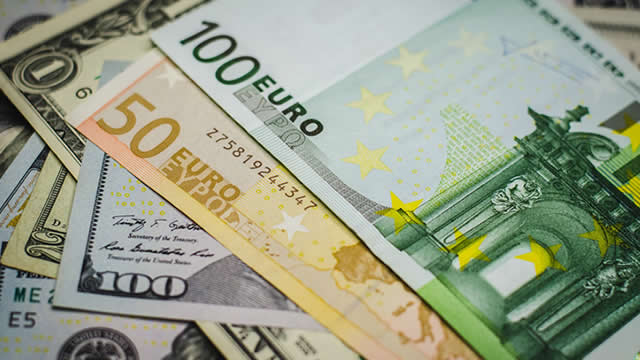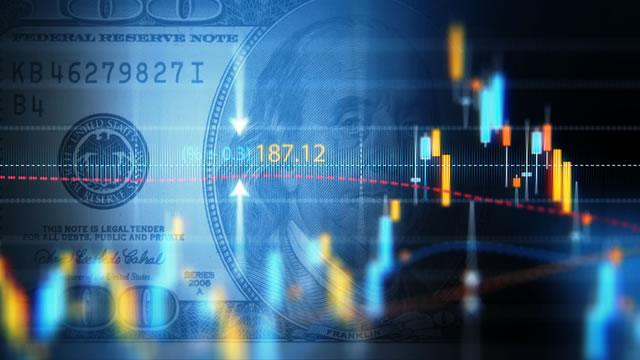Gold Price Recovers Near $3,030 Amid Trade War Uncertainties
The gold market witnessed a significant intraday swing on Monday, with the precious metal initially falling 2% to trade below the $3,000 mark. However, the yellow metal managed to recover some ground and was last quoted near $3,030. This volatility can be attributed to the escalating trade war between the world’s two largest economies, the United States and China.
Initial Selling Pressure
The early selling pressure in the gold market was driven by a combination of factors. First, the ongoing trade war between the US and China continued to spiral out of control, with both sides imposing fresh tariffs on each other’s imports. This uncertainty led to a risk-off sentiment among investors, causing them to sell off gold along with other riskier assets.
Stocks, US Dollar, and Yields Dropping Lower
Another factor contributing to the gold sell-off was the broader market weakness. Stocks across the globe suffered heavy losses, with major indices in the US, Europe, and Asia all trading in the red. The US Dollar (USD) also weakened against its major peers, making gold less expensive for buyers holding other currencies. Lastly, the yield on the 10-year US Treasury note fell to a new record low, further reducing the opportunity cost of holding gold.
Recovery and Current Price Action
Despite these bearish factors, gold managed to recover some ground towards the end of the trading session. The precious metal found support from safe-haven demand as investors sought refuge from the market volatility caused by the trade war. Additionally, the weakness in the US Dollar and lower yields provided a favorable backdrop for the gold price.
Impact on Individuals
- As an individual investor, the gold price volatility could impact your portfolio if you hold gold or gold-related investments. The sell-off and subsequent recovery could result in profits or losses depending on your entry and exit points.
- If you are considering buying gold as a hedge against inflation or economic uncertainty, the current price action could present an opportunity to enter the market at a potentially lower price.
- Keep in mind that gold prices can be influenced by various factors, and it’s essential to stay informed about the latest developments in the gold market and global economic conditions.
Impact on the World
- At a global level, the gold price volatility could have implications for central banks and their monetary policies. Some central banks, such as the People’s Bank of China and the Russian Central Bank, have been buying gold as part of their foreign exchange reserves. Any significant gold price movements could impact their purchasing power and influence their decision-making.
- The gold price could also impact other commodity markets and currencies. For instance, a sustained rally in gold prices could put upward pressure on other commodities, while a strong US Dollar could limit gold’s gains.
- Additionally, the gold price volatility could reflect broader economic and geopolitical risks, which could have far-reaching consequences for the global economy.
Conclusion
In conclusion, the gold price volatility on Monday, driven by the escalating trade war between the US and China, highlights the complexity of the gold market and the various factors that can influence its price. While the current price action presents opportunities for investors, it also underscores the importance of staying informed about the latest developments in the gold market and the global economy.
For individual investors, it’s essential to have a well-diversified portfolio and to consider gold as just one component of a larger investment strategy. Additionally, staying informed about the latest news and trends in the gold market can help you make informed decisions and potentially mitigate risks.





